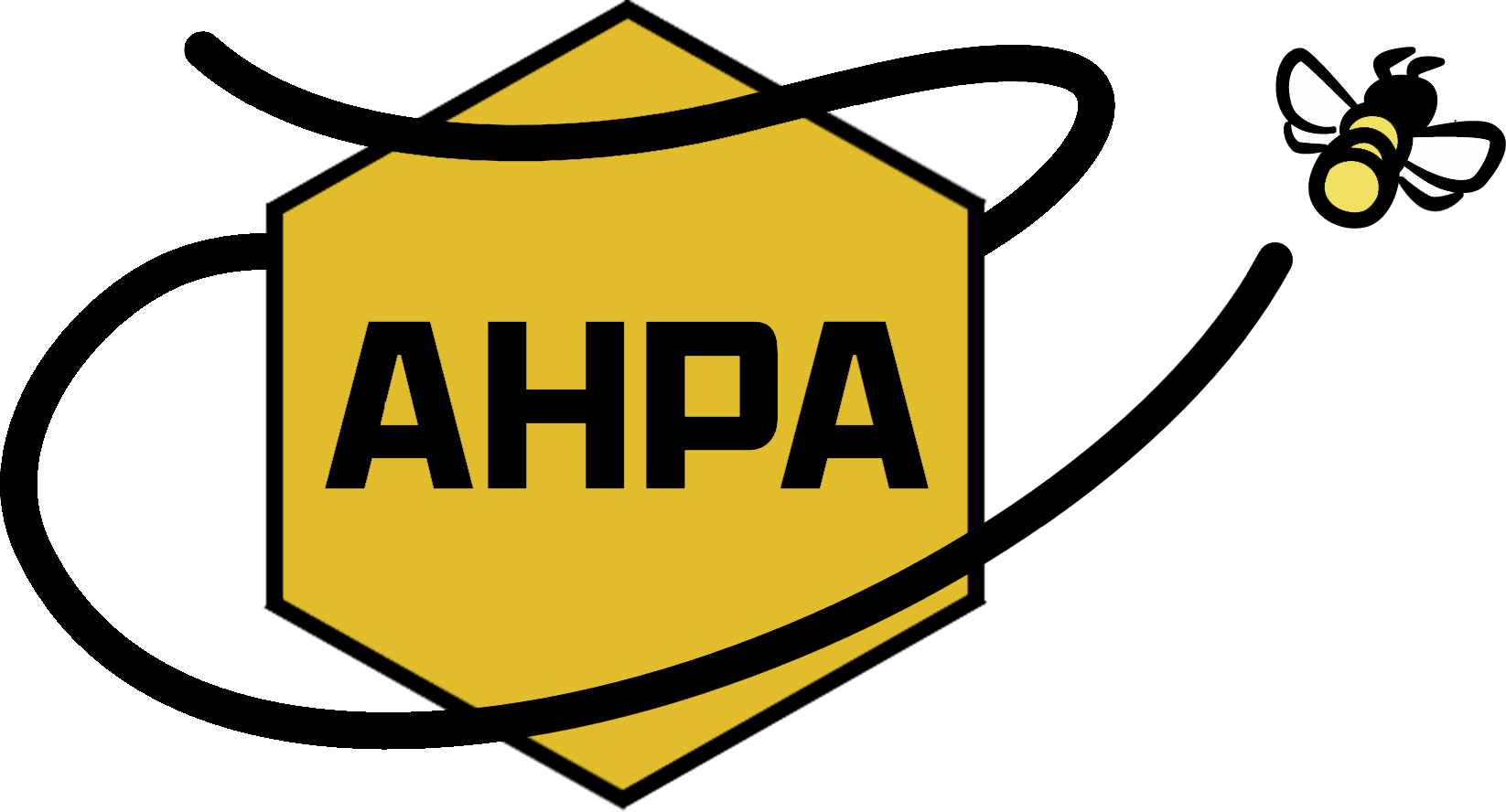Organizations
-
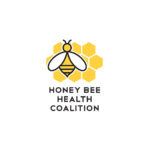
- The Honey Bee Health Coalition’s mission is to collaboratively implement solutions that will help to achieve a healthy population of honey bees…
-

- Project Apis m.’s mission is to fund and direct research to enhance the health and vitality of honey bee colonies while improving crop production.
-
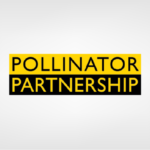
- The Pollinator Partnership’s mission is to promote the health of pollinators, critical to food and ecosystems, through conservation, education, and research.
Honey
-
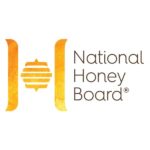
- The National Honey Board is an industry-funded agriculture promotion group that educates consumers about the benefits and uses for honey and honey products. Our research, marketing and promotional programs are funded by an assessment on domestic and imported honey and are designed to increase awareness and usage of honey by consumers, the foodservice industry and food manufacturers.
-

- True Source Honey, LLC is an effort by a number of honey companies and importers to call attention to the problem of illegally sourced honey; to encourage action to protect consumers and customers from these practices; and to highlight and support legal, transparent and ethical sourcing. The initiative seeks to help maintain the reputation of honey as a high-quality, highly valued food and further sustain the U.S. honey sector.
Honey Fraud - Michael Roberts, UCLA School of Law
Publications
-
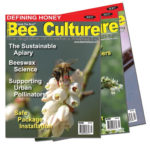
- The magazine of American Beekeeping. With its rich history spanning over a century, the magazine has become the go-to resource for beekeepers, enthusiasts, and experts alike.
-
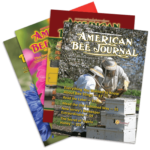
- The American Bee Journal was established in 1861 by Samuel Wagner and has been published continuously since that time. The Journal has the honor of being the oldest English language beekeeping publication in the world. Today, Dadant and Sons has the privilege of publishing the American Bee Journal for subscribers throughout the world.
-

- AHPA’s membership quarterly magazine. Non AHPA members may subscribe to Honey Producer magazine by submitting a $40 annual subscription fee.
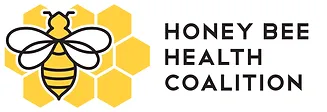
Great Resource Guides


Disaster Assistance Program

ELAP
ELAP provides financial assistance to eligible producers of livestock, honeybees and farm-raised fish for losses due to disease, certain adverse weather events or loss conditions, including blizzards and wildfires, as determined by the Secretary. ELAP assistance is provided for losses not covered by other disaster assistance programs authorized by the 2014 Farm Bill, such as losses not covered by the Livestock Forage Disaster Program (LFP) and the Livestock Indemnity Program (LIP).
NAP provides financial assistance to producers of non insurable crops when low yields, loss of inventory, or prevented planting occur due to natural disasters.
